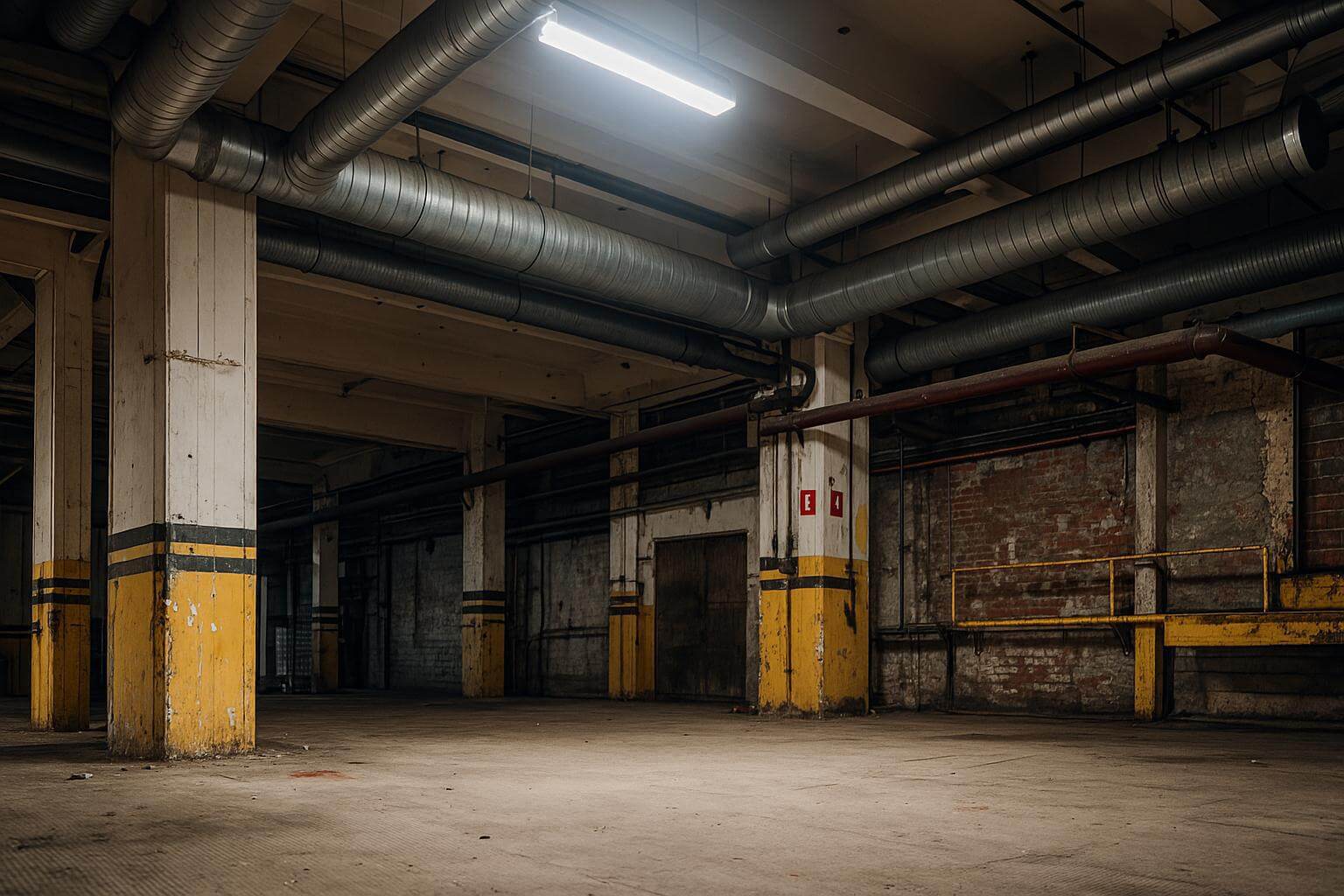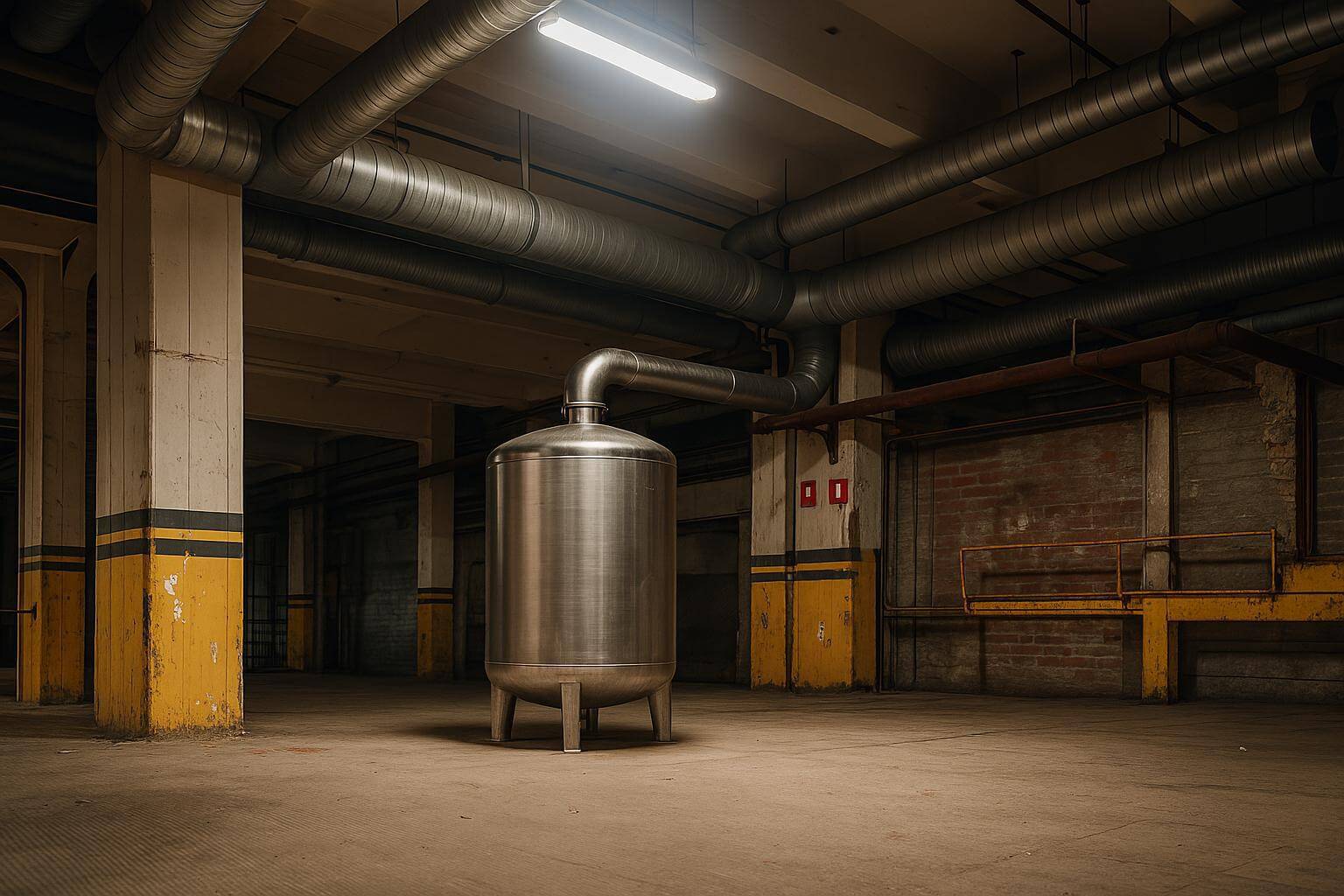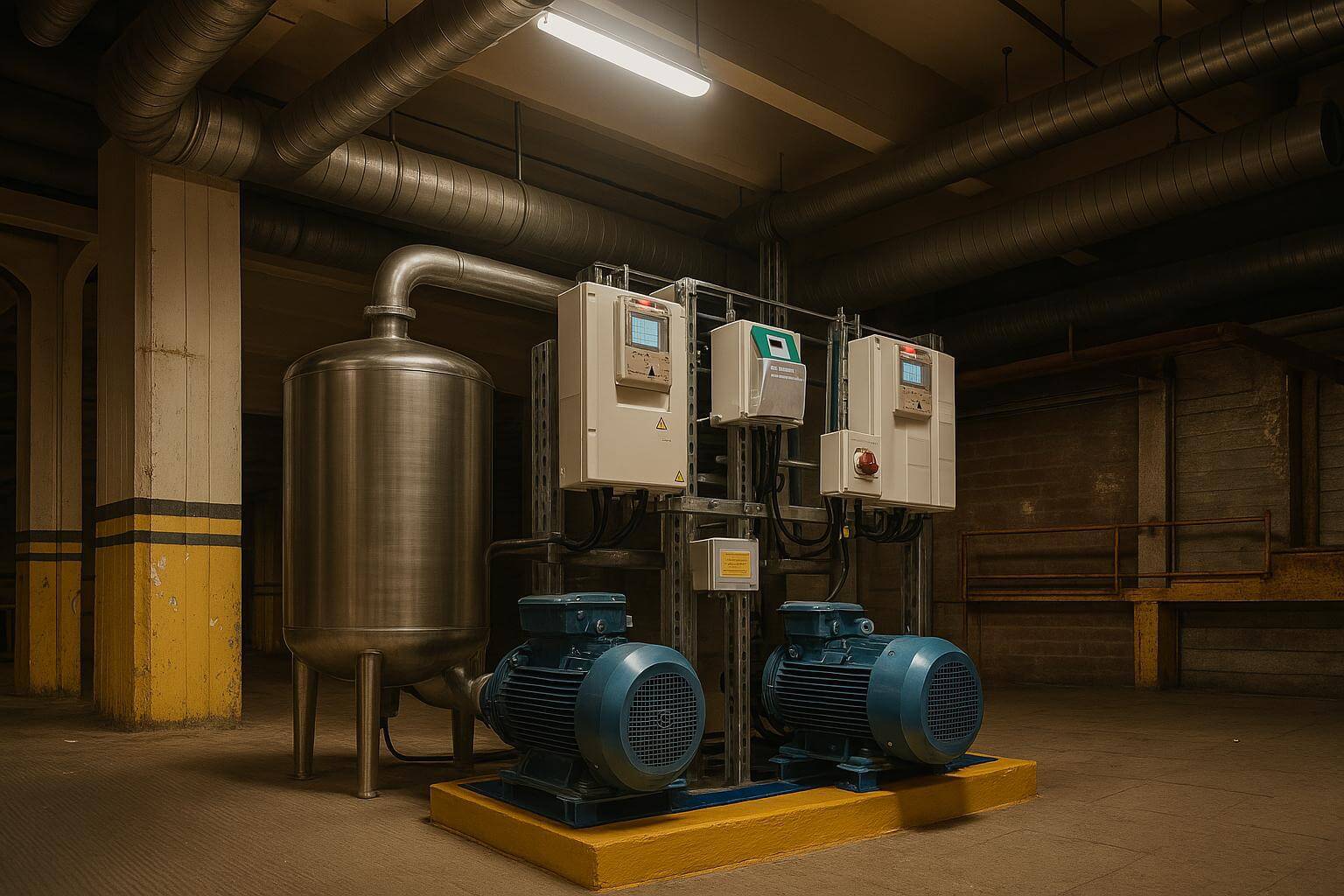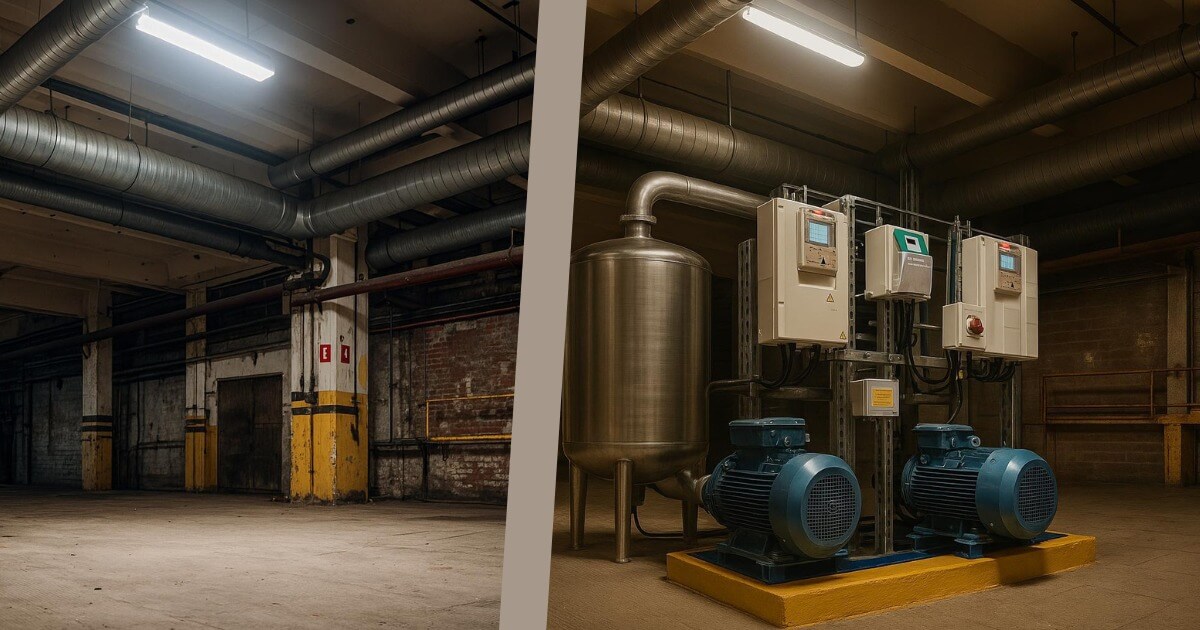Visualise the options in decision-making in factory upgrades
We’re moving beyond static blueprints and complex CAD models towards dynamic, intuitive representations of future states, powered by AI.
Think about the consumer world for a moment. Real estate agents now use AI to digitally stage empty 3D apartments, transforming blank spaces into appealing homes, helping potential buyers visualise possibilities and make faster decisions. What if we could apply that same intuitive power to the intricate environment of a pulp mill, a mine site, or a chemical plant?
The Challenge: Visualising Change in Complex Environments
In heavy industry, planning process upgrades, installing new equipment or re-routing pipelines is a high-stakes endeavor. Miscalculations can lead to costly downtime, safety hasards, and inefficient workflows.

Traditionally, decision-making relies on interpreting dense P&IDs, navigating complex 3D CAD models, or physically walking down a site – often struggling to truly envision how proposed changes would integrate into the existing reality. While digital twins, like our own SolidComp Reality Twin platform, provide an invaluable, high-fidelity “window into the factory” as it exists today, clearly visualising proposed modifications within that context remains a challenge.
Generative AI hast the Power to Bridge the Visualisation Gap
This is where generative AI, specifically image manipulation and 3D object insertion, offers a paradigm shift. Imagine AI trained on industrial equipment and layouts. Within a high-fidelity digital twin environment like Reality Twin, which already captures the precise geometry of the existing plant via laser scanning and photogrammetry, we can start to:
- Virtually Place New Assets: Use AI to intelligently insert models of proposed machinery, instruments, or piping into the existing 3D scene. Instead of abstract lines on a diagram, stakeholders can see the new pump skid in its intended location, rendered realistically within the context of the surrounding equipment and structures.
- Simulate “What-If” Scenarios: Rapidly generate visualisations of different layout options or equipment choices. Want to see how a different valve configuration would look or assess clearance for a new robotic arm? Generative AI can create these visual previews almost instantly, directly within the digital twin.
- Enhance Collaboration and Buy-in: Share these AI-enhanced visualisations across teams – from engineering and operations to safety and management. A clear, visual representation of a planned upgrade fosters better understanding, identifies potential clashes early, and accelerates consensus compared to reviewing abstract diagrams alone. Just as virtual staging helps sell a home, visualising a well-planned upgrade helps “sell” the project internally and ensures smoother execution.
SolidComp and Reality Twin Enabling the Future
At SolidComp, our journey began with providing the high-precision measurement data that forms the bedrock of accurate digital twins. With SolidComp Reality Twin, we’ve built a SaaS platform designed not just to store this complex data, but to make it usable. Our platform’s unique ability to stream massive point-cloud and mesh datasets without performance degradation provides the essential high-fidelity canvas for these future AI applications.

Furthermore, our existing AI-powered contextualisation tools, which automatically extract information from P&IDs and link documents within the 3D space, are a foundational step. The next logical leap is to empower users to add future context visually. By integrating generative AI capabilities, Reality Twin can evolve from a reflection of the present to a dynamic tool for designing and validating the future.
Intelligent Visualisation will Fundamentally Change how Industrial Upgrades are Executed
The application of generative AI to industrial digital twins isn’t science fiction; it’s the near future of planning and decision-making. It promises to:
- Reduce Risk: By identifying potential issues in a virtual environment before physical work begins.
- Accelerate Projects: By streamlining design reviews and improving communication.
- Optimise Designs: By making it easier to explore and compare alternatives.
- Improve Safety: By allowing for better visualisation of access, egress, and potential hasards associated with new installations.
Just as SolidComp transitioned from a trusted measurement partner to a SaaS innovator with Reality Twin, we are committed to explore and integrate technologies like generative AI that deliver tangible value to our clients in heavy industry.

We believe that combining high-fidelity digital twins with intelligent visualisation tools will fundamentally change how industrial upgrades are planned, approved, and executed, leading to safer, more efficient, and more sustainable operations.
The ability to truly see the future state of a facility before committing resources is transformative. Generative AI, grounded in the accurate reality captured by digital twins, is the key to unlocking that vision.
Want to share your thoughts on using generative AI for industrial planning? Have questions about how digital twin can further your business? Don’t hesitate to cantact me at sandor.nagy @ solidcop.fi.
Subscribe to SolidComp’s Newsletter
Receive a newsletter from SolidComp about once a month. In it, we share the latest updates from the industry, SolidComp, and the SolidComp Digital Twin.
Subscribe newsletter


